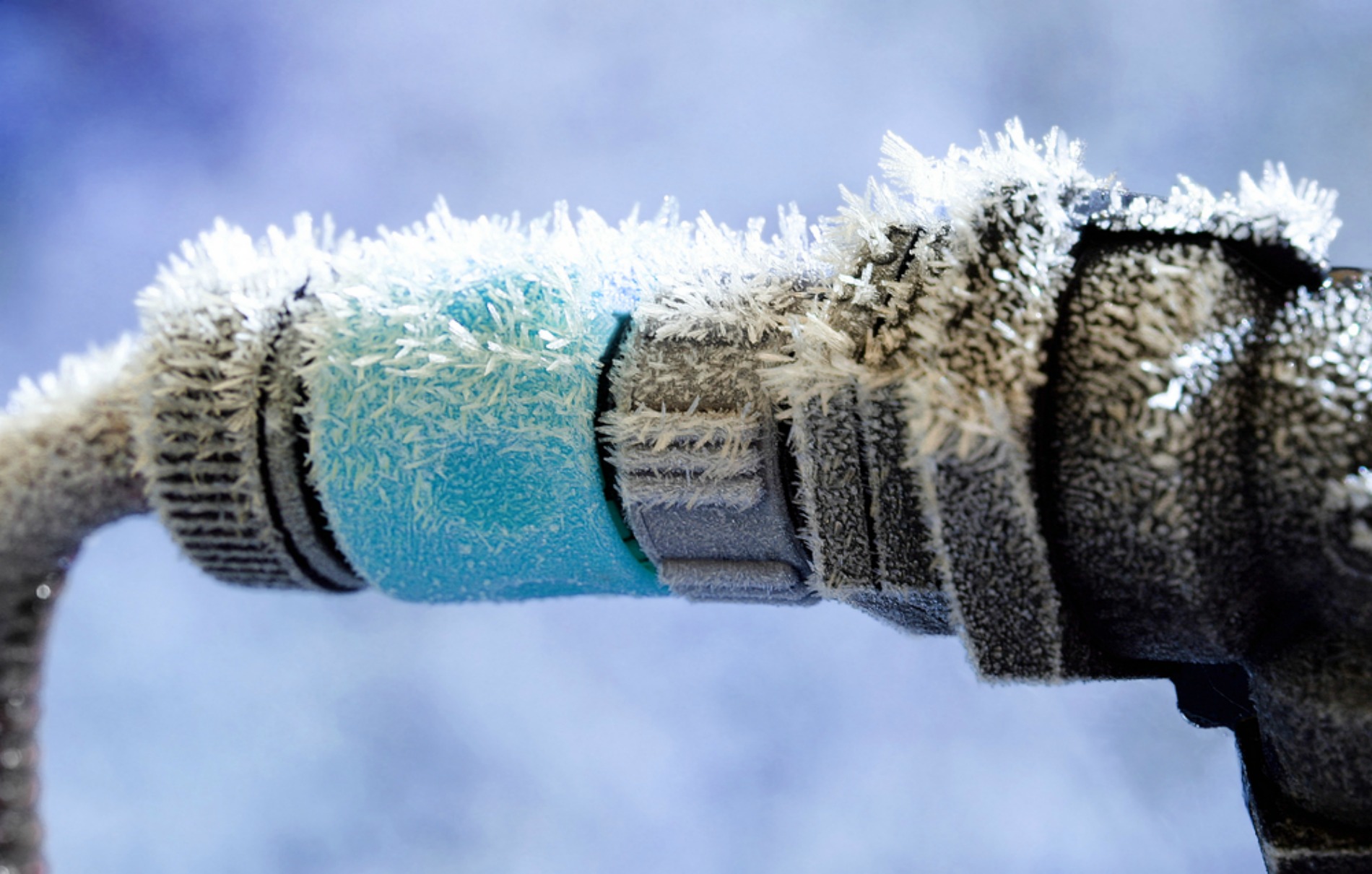Our first taste of cold, winter weather arrived this week, and it appears that the chilly temperatures are here to stay for the time being. If there’s a thin covering of snow on the ground, the air will become even colder, allowing temperatures to drop below freezing—now that’s cold!
You Might Have Plumbing Issues During the Winter
Some plumbing issues are more common than others when the temperature outdoors drops. Here are a few common winter plumbing problems and how to remedy them this season.
1. Exterior Pipes That Have Frozen
When water pipes that service outdoor spigots are not properly winterized, they might be damaged. Water damage can go unnoticed for months, flooding crawl spaces, causing foundation damage, and fracturing plumbing lines, because pipes are often routed beneath the property and aren’t used all year. Here are some tips for keeping outdoor pipes safe.
Preventing Issues
In the fall, winterize hose bibbs. Disconnect any hoses that are connected to spigots, drain them, and coil them up for storage during the winter. Go inside your home and locate the valve that supplies the spigot after opening the water spigot to a gentle trickle. Turn off the valve and leave the outside spigot open to drain any remaining water in the pipe. Outside, use a foam bib cover to insulate the area and keep it from freezing.
Upgrade to bibbs that don’t become frosty. If you can’t find your interior water valve or have previously experienced frozen external lines, consult a plumber about upgrading to frost-free hose bibbs. These unique bibbs are meant to be positioned at a downward inclination to improve drainage from spigots in the event of a freeze, and include shutoff valves that are closer to the interior of the residence to help prevent freezes.
Water lines should be insulated. Purchase pipe insulation to create a heat barrier between the cold and these water lines. Insulation covers may be quickly and simply fitted around pipes and should be used wherever pipes may be exposed to the cold.
Locate and Correct Problems
If you think your water line or hose bibb is frozen, follow these procedures.
If your hose bibb’s valve isn’t already completely open, open it.
Try to insulate the base of your hose bibb with towels or rags on the wall behind it. To thaw the line, these clothes will be heated.
To warm the hose bibb, pour hot water over the towels and clothes. Check to check if water is trickling from your spigot outside, which indicates that frozen water is melting.
Hose bibb bases can also be heated using a hair drier or a heat gun. Remember that heat guns can get extremely hot very rapidly, so use caution to avoid injury and burns.
Consider replacing your bibbs with frost-free ones if you’re having trouble with water freezing within your spigots. This improvement is beneficial in regions where winters are harsh, such as Cincinnati, and can help you sleep better on those cold evenings.
2. Frozen Pipes in Your Home
Cold air can freeze the water inside pipes because metal is a good thermal conductor. Because water expands when it freezes, it can shatter or bust a plumbing line, causing major damage inside your home. Indoor floods or severe water leaks are possible, or you may discover that washing machines aren’t draining, taps aren’t turning on, or showers aren’t functioning properly. Here are some suggestions for preventing and fixing this problem.
Preventing Issues
Allow the faucets to drip. Leave your faucets slightly ajar during the coldest months of the year, or whenever the weather is forecast to be particularly cold, to allow a modest drip to continue overnight. This easy step relieves pressure in the lines, preventing them from bursting, and keeps water circulating rather than stagnant and freezing.
Cabinets should be opened. Leave cabinets open below sinks in spaces like kitchens and bathrooms to allow warm air to circulate around pipes.
Pipes should be insulated. Pipe insulation should be used around water supply lines, particularly in uninsulated locations.
Pressure relief valves should be installed. Install pressure relief valves to prevent pressure buildup in your water lines. These valves help avoid pipe bursts if the water inside the lines freezes for whatever reason.
Locate and Correct Problems
Follow these methods to locate frozen pipes and thaw the obstruction.
Check the faucets and plumbing fittings throughout your home to see where the line has frozen. Your main water line may be frozen if all of your faucets are affected. If only a few faucets aren’t working, the supply pipes that feed those faucets are probably broken.
As you strive to melt the frozen water, open the taps to relieve pressure.
Use a hairdryer, space heater, or heat lamp to thaw the frozen line. Pipes can also be wrapped with a heating pad, electric blanket, or conductive insulation that is connected to an electrical source and gradually warms the pipe.
Keep a close eye on the faucet to see when it starts to flow again. Close the faucet once the water has thawed and is flowing normally to avoid wasting water.
If water begins to leak when the line is thawed, turn off the water at the main valve right away. Hire a plumber to inspect the line and replace or repair any damaged sections.
Plumbers may need to reroute or replace lines if your pipes are prone to freezing in order to avoid the problem in the future. These improvements will save your home from flooding and will save you time and money in the long term.
Winter Plumbing Issues Can Be Avoided
If you notice a plumbing problem, don’t hesitate to contact a professional. We understand winter plumbing concerns at ViperJet Plumbing, and we’re here to help you. We stand by our work because we have a team dedicated to completing things correctly the first time. If you have a query or a concern, please contact us right away.

